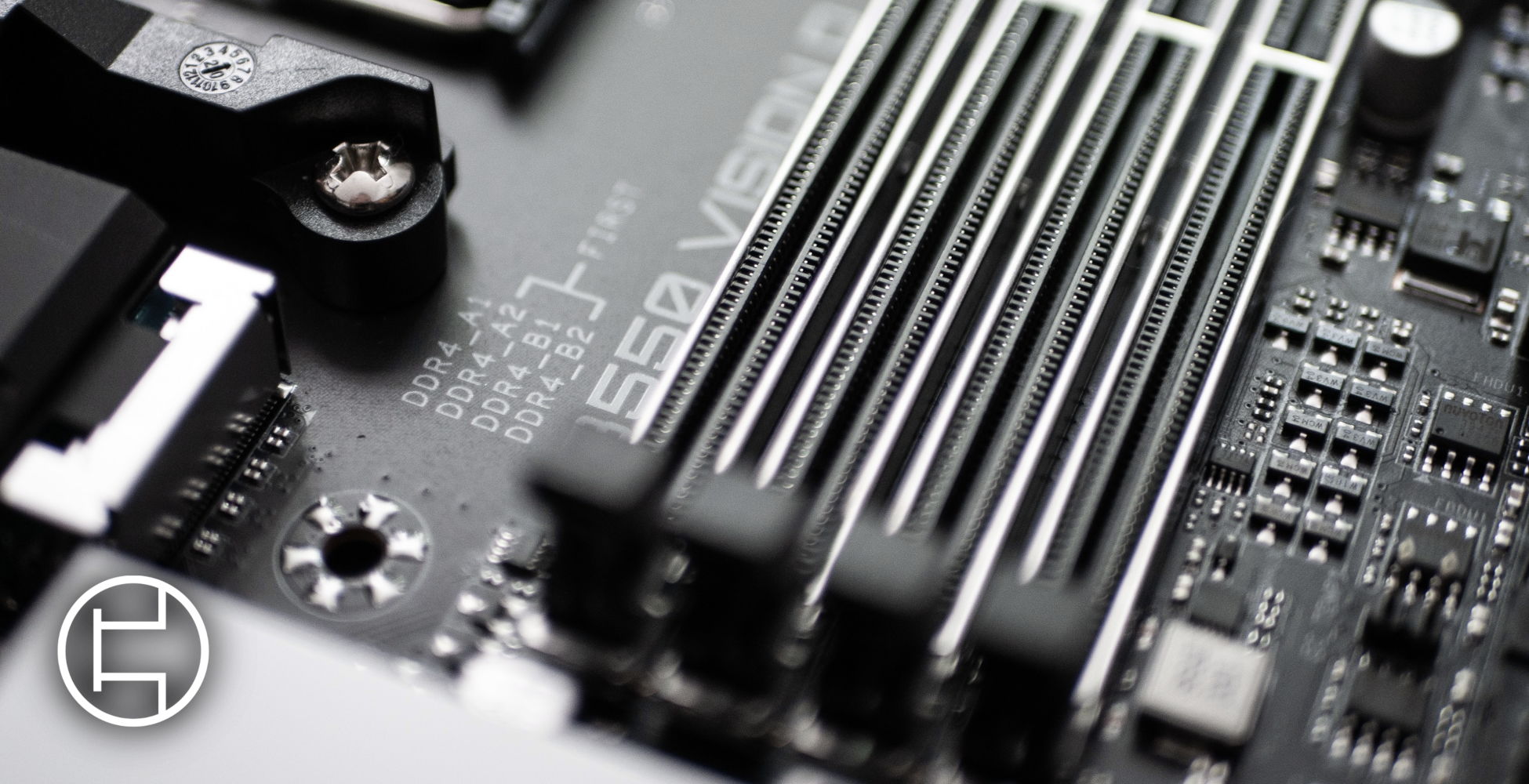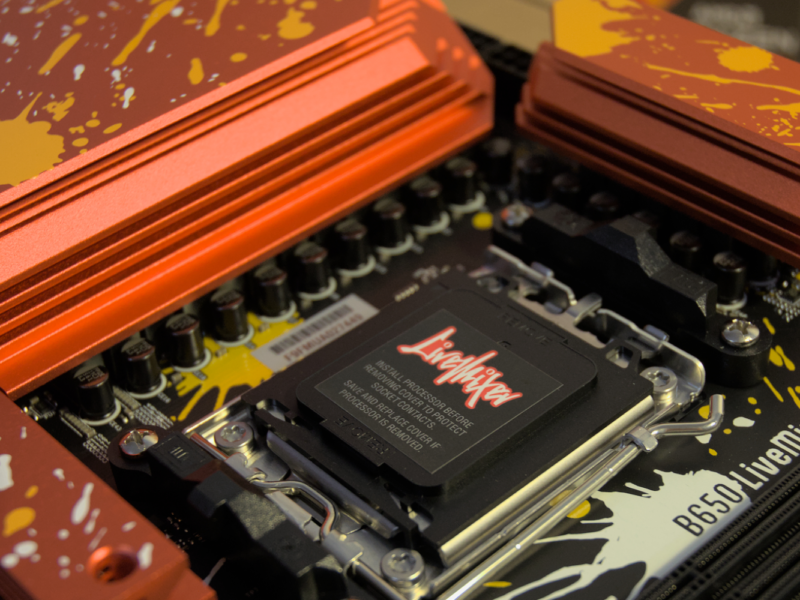Photo by Sven Finger on Unisplash
Basic Concept
A motherboard connects the processor with its random access memory (RAM) throughout different variations of DIMM(Dual Inline Memory Module) topologies. On most consumer motherboards the RAM ICs are located on memory modules which connect to the mainboard via their own dedicated slots. These slots, consisting of 288-Pins, provide the memory with power, and the sdram with its clock cycle. But more importantly they’re the interconnect through which data is transferred from the DIMM over the motherboard and later on to the processor. A DDR4- and 5-DIMM consists of 288-pins. Since these signals have a high frequency and need to travel quite a large physical distance retaining signal integrity is key to maintain system stability.
Topology
As mentioned above there are different ways with which one can connect the DIMM Slots with each other and to the CPU socket.
There are 3 common Topologies which you will find on boards for the consumer market:
T-Topology / T-Top
The “T” in T-Topology excellently explains this topology. Two DIMM are connected with equal distance throughout a split [T] with their channel.
This results in a preferred scenario of using all four DIMMs rather than just two, as the physical distance of the DIMMs within a channel group is the same and results in a balanced performance when using both DIMMs of a channel.
Daisy Chain Topology

As you can see in the picture above a daisy chain topology prefers on of the dimms used for a channel resulting in more optimised physical distance and therefore latency for the firstbound DIMM slot. As you can imagine this is perfect for only using one of the two DIMMs within a channel group and is more friendly to higher clocks compared to T-Topology.
1 DIMM per Channel Topology / 1DPC

This is a toplogy often found on Motherboards of the mITX or μATX formfactor. It only uses one DIMM for each of a CPUs channels. This way it also seeks the shortest physical distance for its DIMM slots resulting in a clock friendly environment loved by overclockers.



